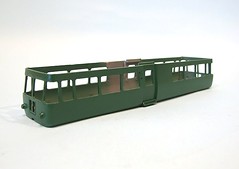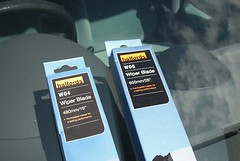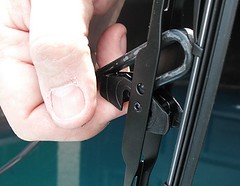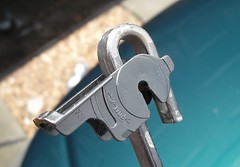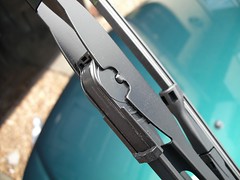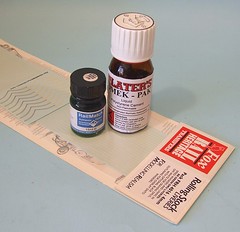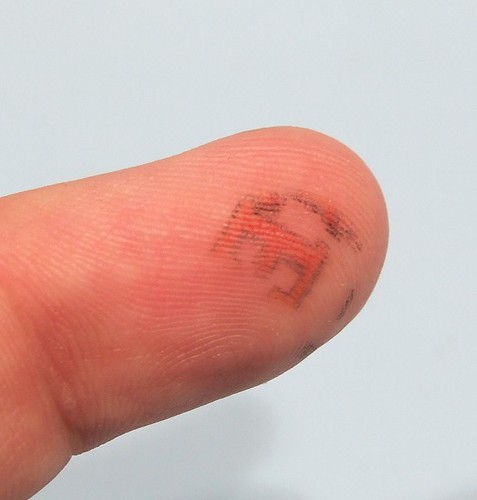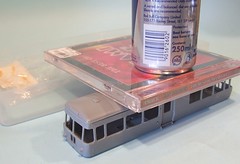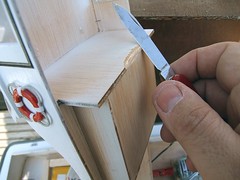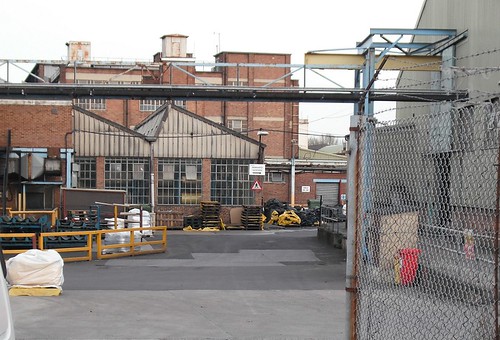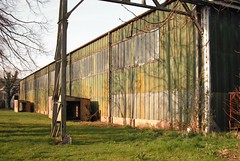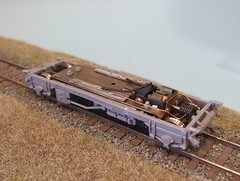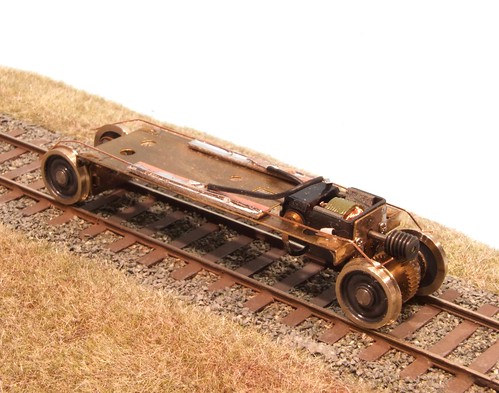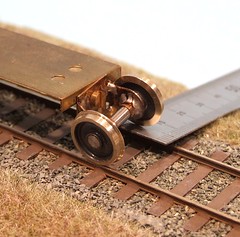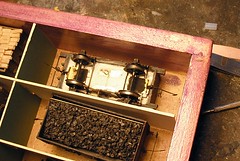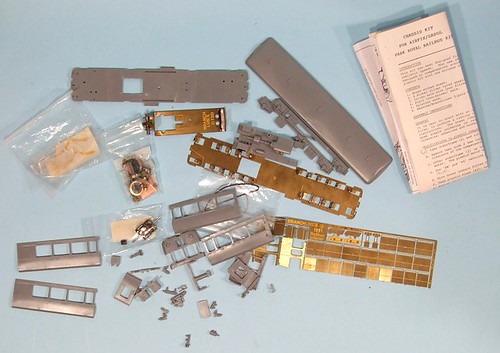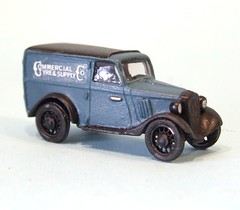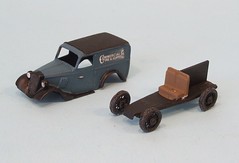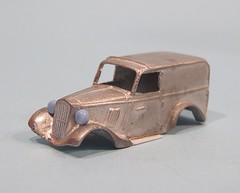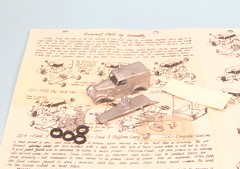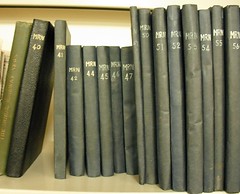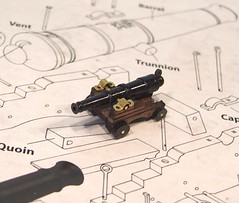Since it's Sunday, how about a little sermon ?Rupert Murdoch has
taken the decision to hide the Times website behind a “paywall”, if you wish to read the newspaper online, you’ll have to pay for it. Lots of people have said that this is a mistake and that the audience will just go elsewhere for news. If Rupe wants readers then he will have to revert to giving it away for free - web users have got used to the concept that everything costs nothing and won’t pay.
For me this is an interesting discussion as I have a foot in two camps – I write this blog and don’t charge anyone to read it but is you want to read my contributions to magazines you’ll be handing over some cash.
For me, the difference comes down to quality. On the blog you get what you pay for. Words get chucked on to the screen with little more than a cursory proof read. Typos and even complete gibberish will get through this less than rigorous editorial process. It’s not rubbish but I will never claim that you’re getting the greatest prose either – that’s not the nature of a blog which tends to be more immediate than a printed publication. The subjects will be whatever I feel like writing about and in whatever level of detail appeals at the time. You can probably tell how much time my real jobs are taking up by looking at the quality of my output here !
Magazine work receives much more attention. The subject might well have been seen on the blog, but on the printed page will be better balanced and comprehensive. I’ll probably skip over some areas which merit little attention even if they have been filling days of posts and instead focus on the interesting bits. The text will be read through many times both by me and the magazine editor. Even the photos are better – publication shots are taken on the cameras manual setting whereas the blog gets the easier to use Auto version resulting in less depth of field. All this effort should result, after publication, in a cheque.
Many on teh interweb believe is that the printed version can be completely replaced by the blog/web one. I disagree. If you want top quality content then people have to be paid. If the author doesn’t get any money then they simply won’t be able to produce the words, Sainsbury’s is pretty hot of getting money out of you for food after all. The words then need the services of an editor and probably a designer to polish the product. You can argue that this doesn’t matter, all their efforts will be replaced with thousands of people who will contribute for free and to a certain extent you are right. The internet is full of peoples web sites but very few can be described as authoritative as a book or even many magazines. Some can but that’s only because the creator has decided for their own gratification to put the effort in. Obviously if someone has a proper job making the website then this isn’t the case but how often does that happen for sites focusing on hobby matters ?
A parallel in our hobby is the exhibition circuit. Some people will haul their tatty, badly working, train set out every weekend to little events which pay no expenses, expect the exhibitor to fund accommodation and probably don’t even feed them at lunchtime. The better layouts who have their pick of shows expect more than this, not luxury necessarily, but petrol money, food and somewhere to sleep preferably with en-suite. While they might also do the odd event just to test a new model you can be sure that won’t last long. In the same way, there are good web resources but there are a lot more ones with infrequent updates, poor imagery and sometimes slightly crazy opinions.
Advertising should be the great saviour of course. Put a couple of ads on the page and the income will allow you to develop the content and live a life of luxury.
Except it won’t. Click through rates for internet advertising are tiny, frequently less than 1% of people looking at a page will use an advert on it. If the advert isn’t clicked then the host gets no money. To give a pertinent example, the adverts on the side of this blog raise me around £60 per year. Most days over a hundred and twenty people hit these pages and yet rarely will more than 2 click an advert. Often no one clicks at all despite it costing nothing to do so. I’m doing well too, very, very few people with adverts served up by Google see any cheques at all as the money isn’t sent until you reach £60 worth of income.
A very tiny number of websites can sell space on the page but advertisers aren’t stupid, they know online they only have to pay for the adverts that do some good and bring people to their website. Look at any magazine though and you see pages of adverts because businesses see the benefit of reminding people they still exist.
The upshot of this is that in my opinion, if you want quality reading, you have to pay for it. The same goes for all other electronic content be it music or video or games. Yes, you can find people who will produce top quality stuff for free but they won’t be able to give you the consistent results that someone working full time can. As far as journalism goes, this should require investment and so it’s not unreasonable that this should receive a financial return. It’s painful to say it, but I think Murdoch has a point. He’s also being pretty honest compared to other publications that seem able to lose millions – the Guardian burns £100,00 per day for example.
As I’ve said, online advertising isn’t going to save the world either, the Guardian brings in 85% of its advert income from the print edition as opposed to 11% from the web. That’s not sustainable in the long term even for a group that has millions of pounds of assets - none of the model railway magazines have anything like this generous a cushion ! Murdoch is playing a waiting game. He will lose online readers but the Times isn’t a charity, those he loses he won’t miss. Better that they go to others who want to add the cost of the infrastructure to support them (servers, bandwidth, support staff) to their own loses. To use another toy-train world parallel, we would get far more people into our exhibition if we didn’t charge an entry fee, but to do that would bankrupt the club and the exhibition would cease to exist.
The future may be electronic but the dead tree press has a lot of life in it. Maybe some sort of micro-payment scheme will appear to plug the funding gap, or maybe only people who need no income will be able to publish. Let me know what you think. Then prove me wrong by hitting some of those adverts on the right and making me rich !
What do you think ? Comment away !
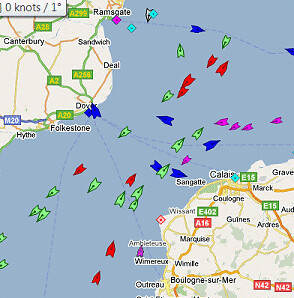 Being a bit of a boat nerd, I was fascinated to find the website marinetraffic.com which shows the position of all the major boats around the world. As well as showing the position and direction of each ship, you can click on the marker and see full details including photographs. OK, so the vessels tend towards the larger and less modellable types but it’s still fun to watch.
Being a bit of a boat nerd, I was fascinated to find the website marinetraffic.com which shows the position of all the major boats around the world. As well as showing the position and direction of each ship, you can click on the marker and see full details including photographs. OK, so the vessels tend towards the larger and less modellable types but it’s still fun to watch.